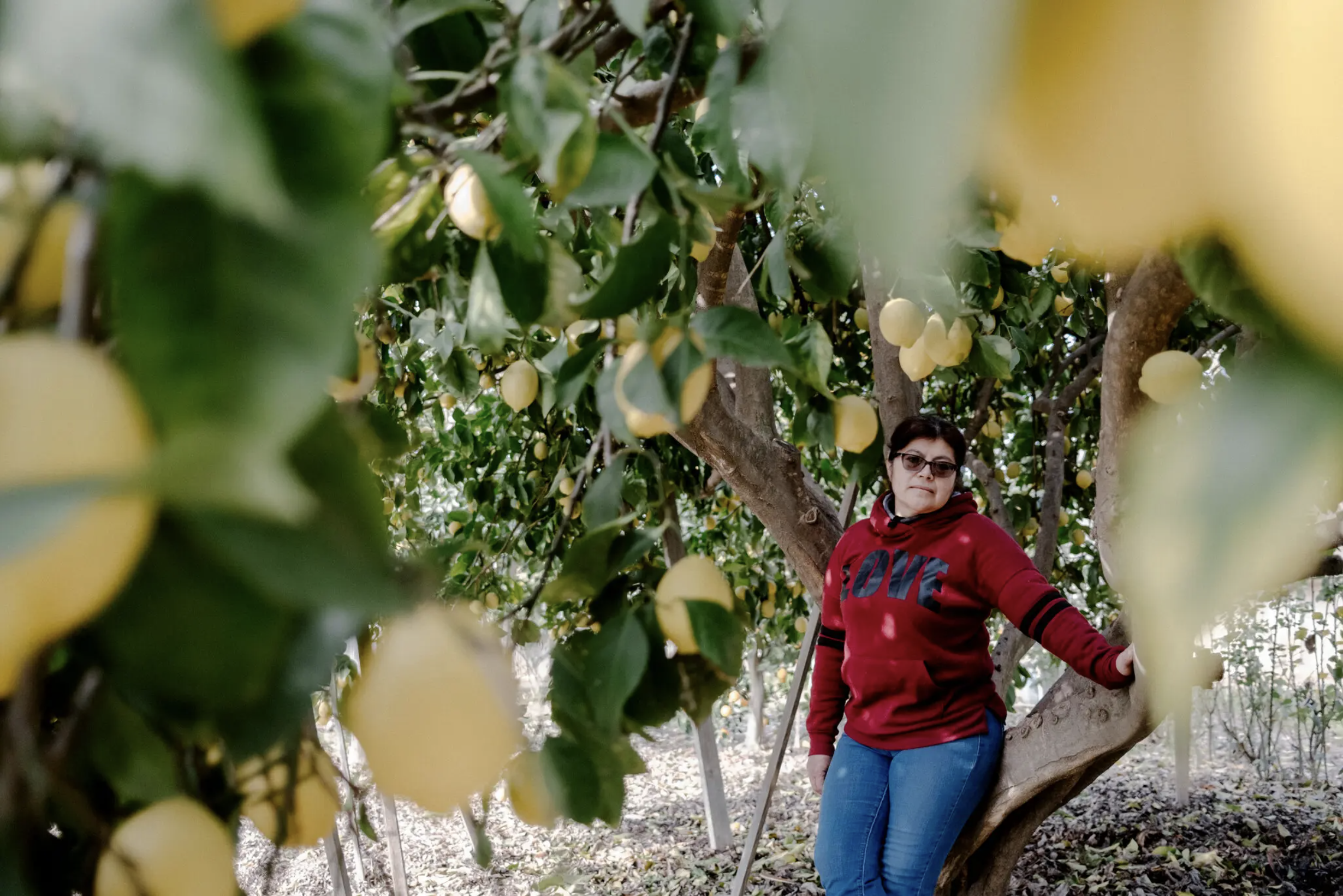Photo by Mark Abramson
Reported with Kurtis Lee
Veronica Mota marched under the sweltering sun, hoisting a cloth banner of Our Lady of Guadalupe above her head for miles.
“Sí, se puede,” she chanted in unison with dozens of other farmworkers, who waved U.S. and Mexican flags as they walked along two-lane roads lined by dense orange groves in the Central Valley of California.
The banner, flags and rallying cry — “Yes, we can” — echoed back more than half a century to when Cesar Chavez, a co-founder of the United Farm Workers union, led agricultural workers on a pilgrimage along a similar route to meet lawmakers in Sacramento.
“We are a legacy of Cesar Chavez,” said Ms. Mota, 47, who, when blisters began to form on her feet during the 24-day trek in August, gathered strength by thinking of how the march in the 1960s led to groundbreaking farmworker reforms and propelled the U.F.W. to national prominence.
“We can achieve what we want,” Ms. Mota said.
What the farmworkers wanted last summer was for Gov. Gavin Newsom to sign into law a bill that they argued would make it easier and less intimidating for workers to vote in union elections — a key step, they believed, in rebuilding the size and influence of a now far less prolific U.F.W. But changing a rule is not the same as changing the game. The question now is whether the U.F.W. can show it has not irretrievably lost its organizing touch and can regain the ability to mobilize public opinion on its behalf as it did under Mr. Chavez.
Continue reading at The New York Times.
